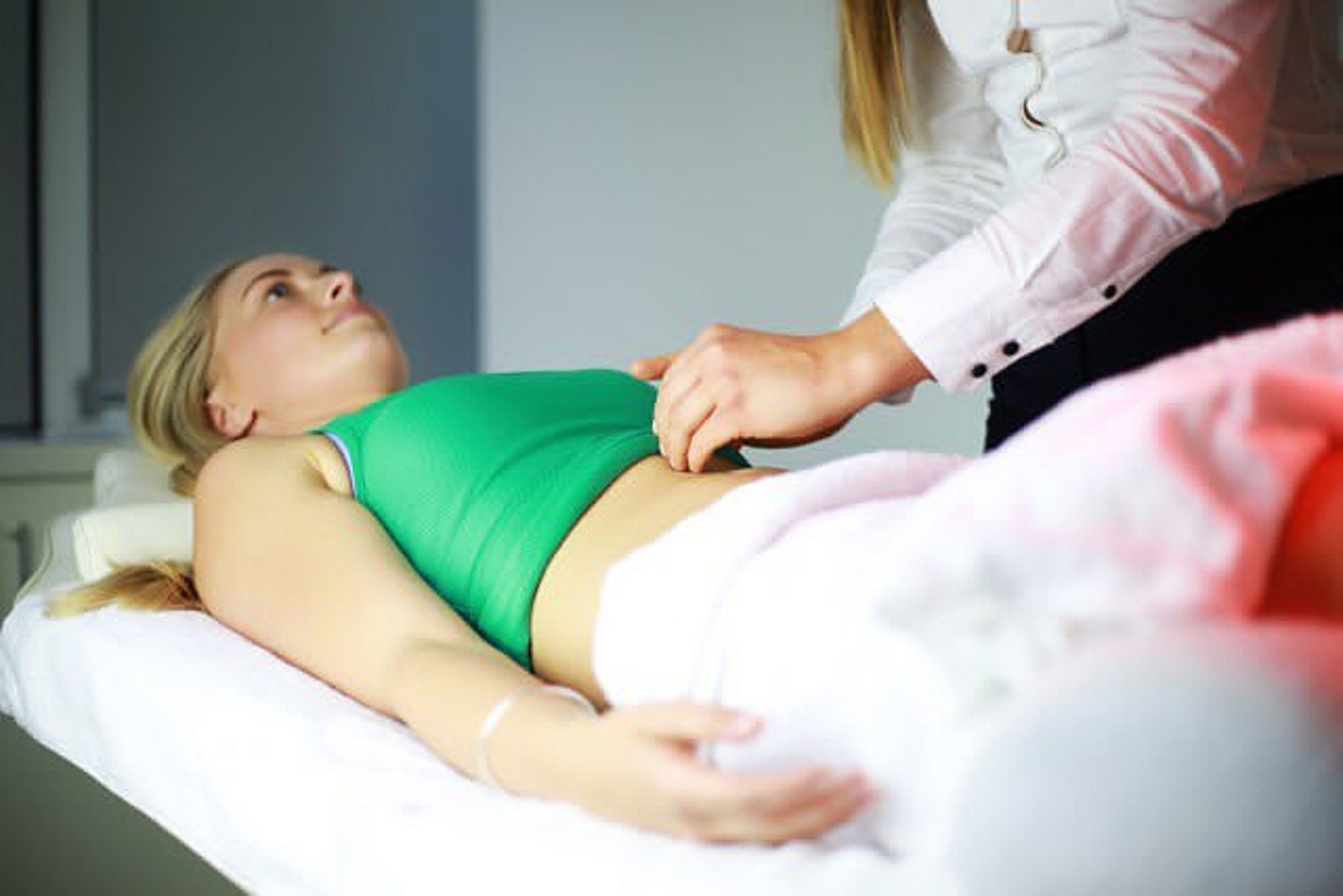How To Treat Varicose Veins
Varicose veins are a prevalent health concern that can lead to physical discomfort, swelling, and a sense of self-consciousness. These enlarged, twisted veins often appear on the legs due to poor circulation or weakened vein walls. This article provides an in-depth exploration of the causes of varicose veins and the various treatment options available, including both invasive procedures and non-invasive approaches, to help individuals manage symptoms and improve their overall vascular health.
Understanding Varicose Veins
Varicose veins are enlarged, swollen, and twisting veins, often appearing blue or dark purple. They’re caused when faulty valves in the veins allow blood to flow backward or collect, which can be painful. Aging, pregnancy, prolonged standing, obesity, and genetic factors are among the common varicose veins causes.
Non-Invasive Varicose Vein Treatments
For many, varicose vein treatment begins with lifestyle changes and non-invasive procedures. Regular exercise, weight loss, and avoiding standing for extended periods can help reduce symptoms. Non-invasive treatments include compression stockings, sclerotherapy, and laser treatments. These procedures are generally less painful and have shorter recovery times.
Invasive Varicose Vein Treatments
More severe cases of varicose veins may require invasive treatment. These include vein stripping, ambulatory phlebectomy, and endoscopic vein surgery. While these treatments are more extensive, they are often more effective in treating severe varicose veins. It’s essential to discuss these options with a qualified varicose vein doctor to understand the risks and benefits.
Choosing the Right Varicose Vein Doctor
The success of varicose vein treatment depends largely on the expertise of the varicose vein doctor. Choosing a doctor who specializes in vascular medicine or a related field, with a good track record of successful treatments, can significantly improve outcomes.
Useful Tips and Facts About Varicose Vein Treatment
- Early diagnosis and treatment can prevent complications like ulcers and blood clots.
- Varicose veins are more common in women than in men.
- Not all varicose veins are visible. Ultrasound can detect hidden varicose veins.
Wrapping Up
Managing varicose veins effectively requires understanding their causes, available treatments, and the role of a competent varicose vein doctor. Whether you choose non-invasive treatments or require invasive procedures, the goal is to manage symptoms, prevent complications, and improve quality of life. Remember, everyone’s experience with varicose veins is unique, so what works best for one person may not work best for you. Always consult with a healthcare professional before deciding on a treatment path.





